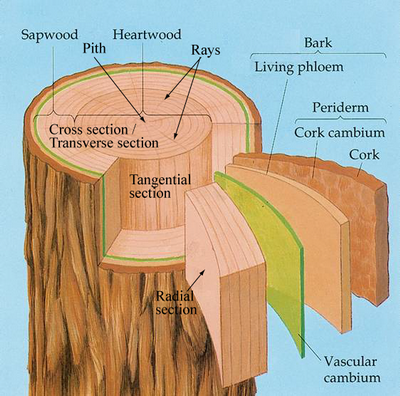How old is the tree?
Thursday, April 22, 2010 Edit This 0 Comments »How old is the tree?
Scientists have been studying trees for hundreds of years. They can tell the age of the tree, the climate, floods, insect-damage and even if there was a forest fire by examining the trees. Scientists call this area of study Dendrochronology. "Dendro-" is greek for tree. "Chron-" means time. And, "-ology" is the study of. Here is how they tell a tree's age.
- Step1
Look for a fallen tree nearby that is the same as the one you wish to know the age. Scientists use these statistics to avoid having to chop down and kill a tree. If the downed tree is similar in width and height, then it can be used to give a close estimate of age.
- Step2
Whorl around the tree. Another way to tell the age of some trees is to count the whorls around it. A whorl is the circular growth of branches in the same spot around the tree trunk. As the tree gets older, it will loose its whorls and markings will be left behind. Count from the bottom whorl up to tell how old it is.
- Step3
Drill a boring tool into the core of the tree to tell its age. A boring tool is a T-shaped tool with a long, thin hollow plug that drills into the tree to take a sample of the core. Scientists count the rings on the sample to determine the age of the tree and then cover the hole to keep the tree alive.
- Step4
Look out below. If a tree is cut down, look inside the core for circles. These are called annual circles. The circles start off very small in circumference and get larger with each ring.

- Step5
Count the rings of each annual circle. One ring represents one year of life for the tree. Begin with the innermost part of the core called the pith and count outward towards the bark.
- Step6
Learn the colors of the annual rings. Although there are different names, these spaces are commonly referred to as springwood and summerwood. The lighter color is the springwood and is usually wider. The dark circles are called summerwood.
- Step7
Read between the lines. Scientists use the annual rings to tell what the climate was like and what happened in the area. The wide rings tell us that it was a good growing season with plenty of rainfall. Darker areas mean that the tree wasn't growing much because of lack of nutrients and less sunlight. Other markings tell about floods, fires and insect damage.




0 comments:
Post a Comment